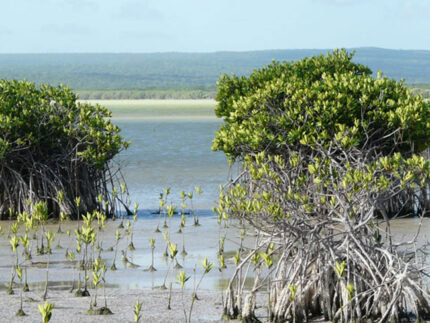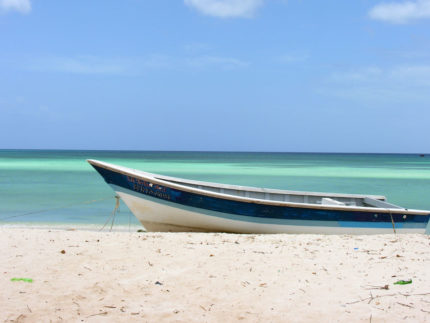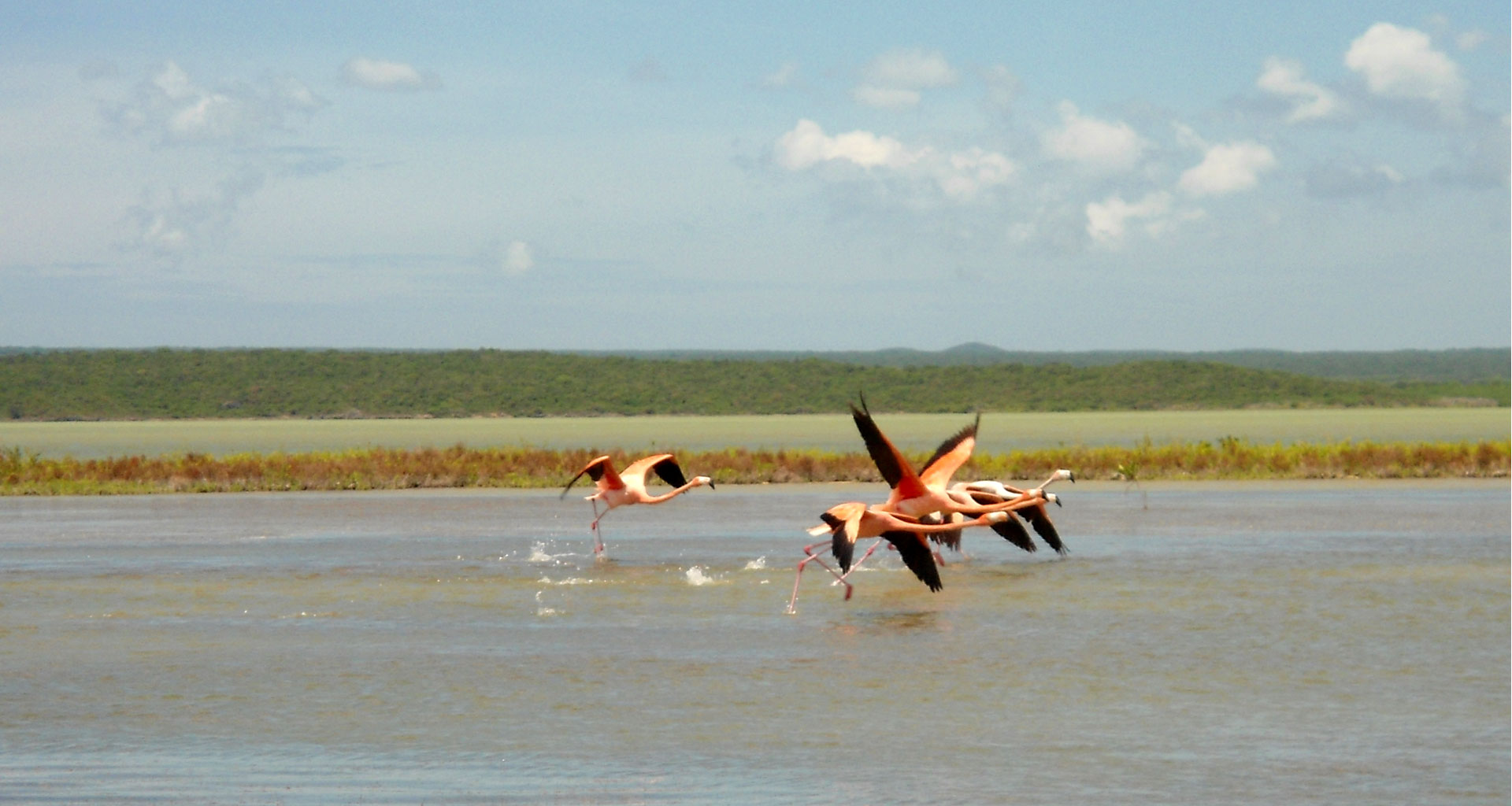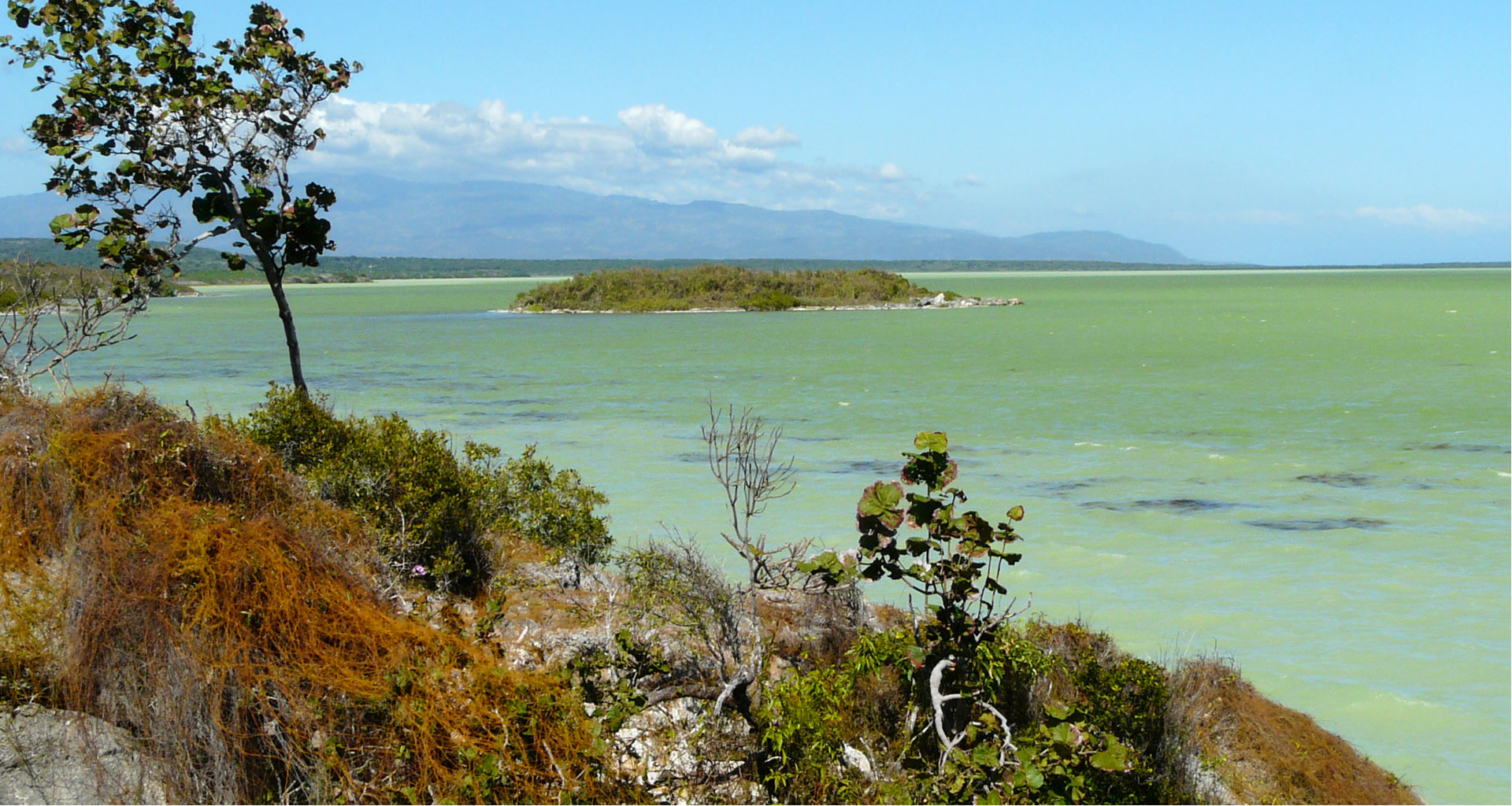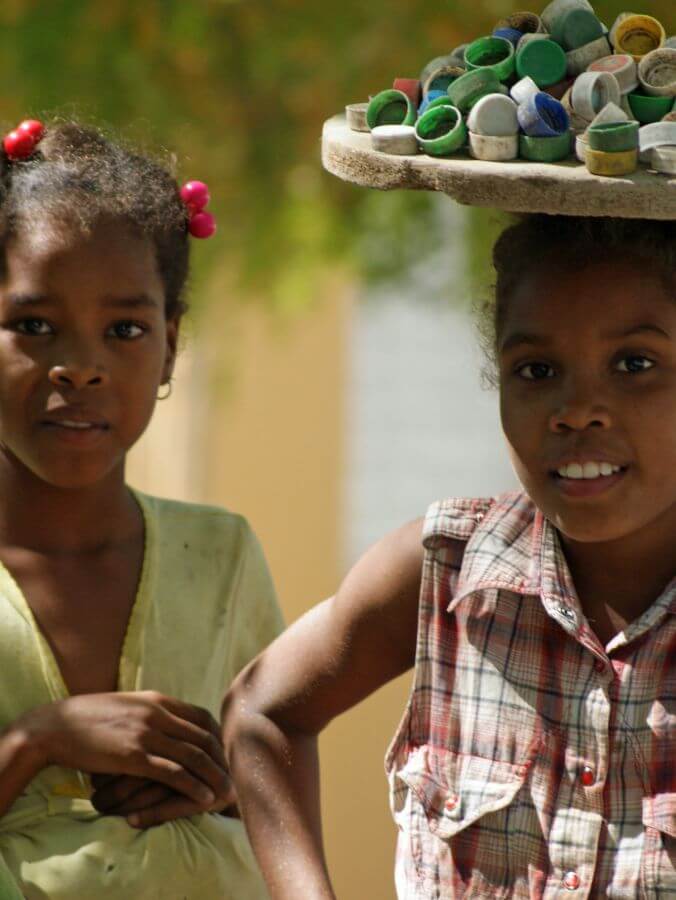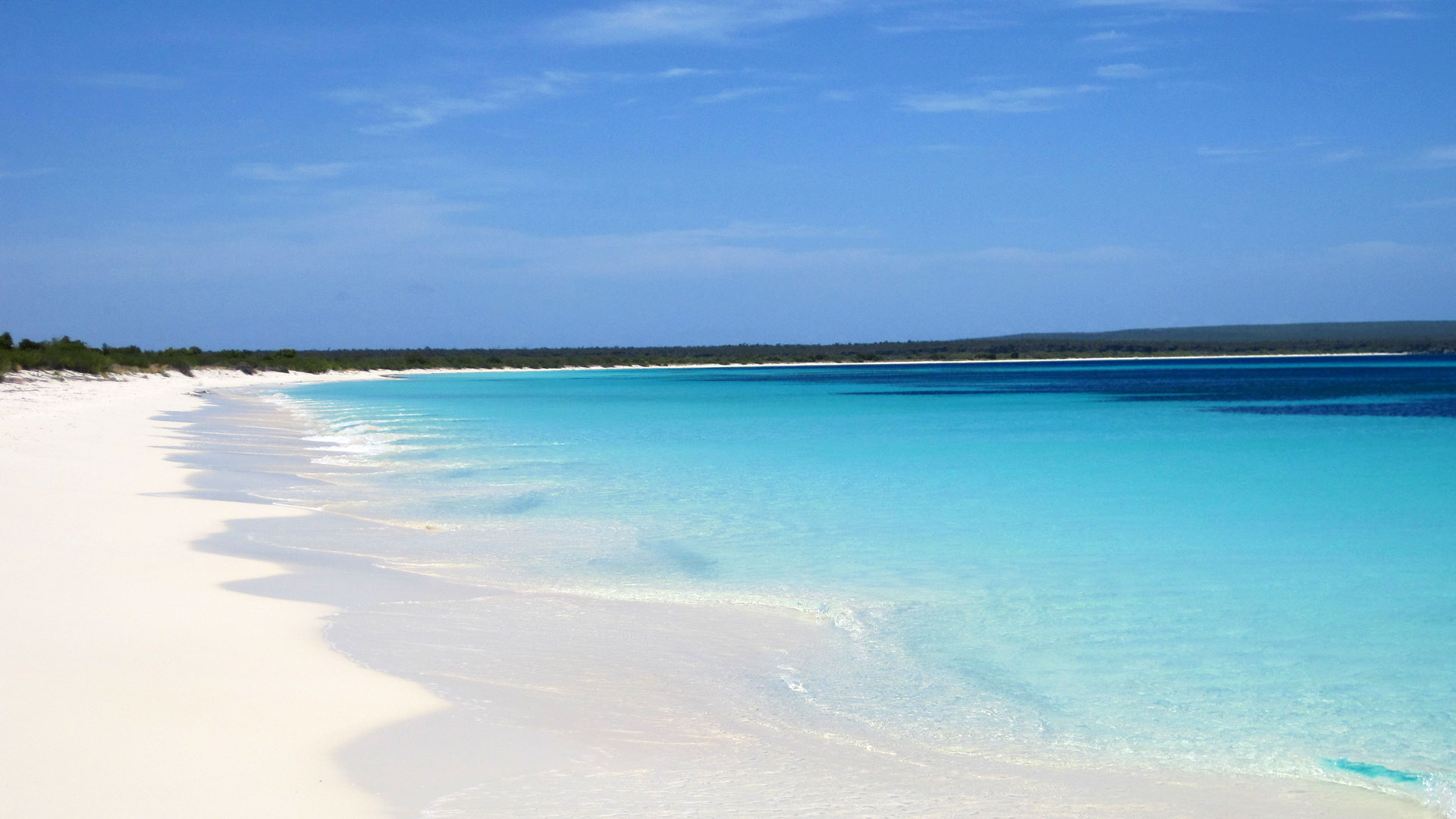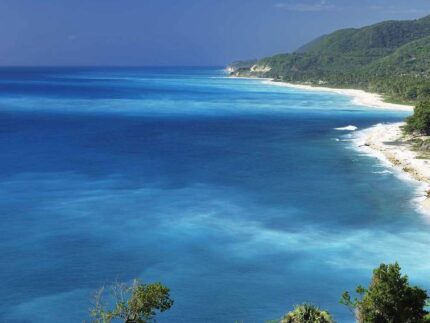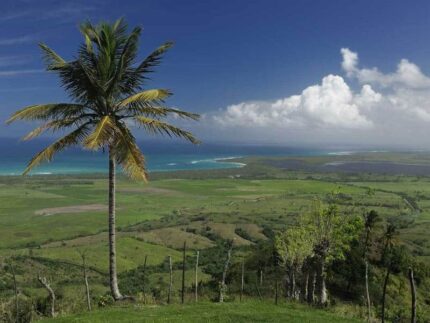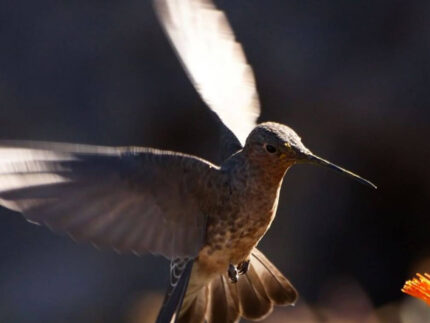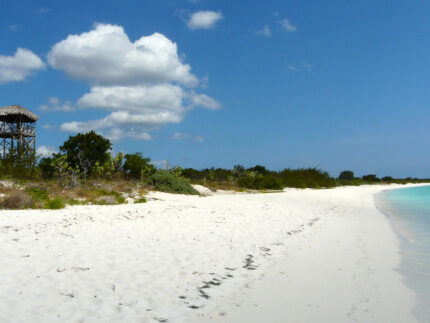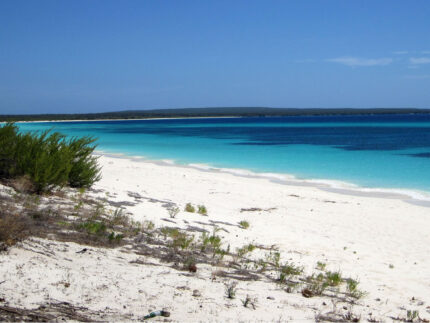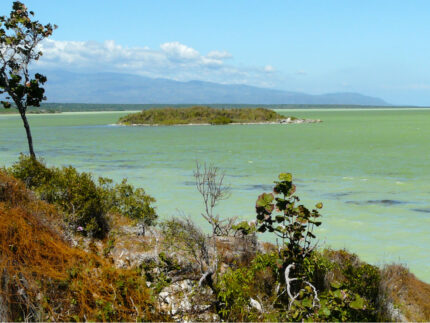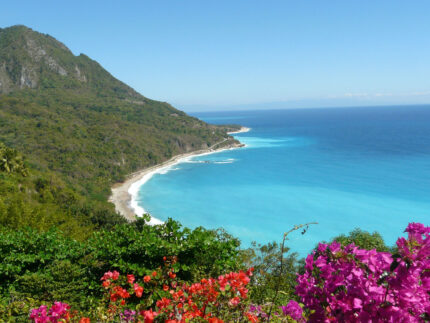Pedernales is one of 31 provinces of the Dominican Republic. It is located in the south-west of the country, bordering the provinces of Barahona (province) and Independencia, as well as Haiti and the Caribbean.
The province has about 31,500 inhabitants (as of 2010). Its capital is the town of the same name Pedernales. The province also includes the islands of Beata and Alto Velo.
The province of Pedernales is located in the southwest of the Dominican Republic, bordering the provinces of Barahona and Independencia as well as the Caribbean and Haiti.
Approximately 32,000 people live in the province. The provincial capital is called the province of Pedernales and is a border town to the neighboring country of Haiti. On the outskirts are two islands: Beata and Alto Velo.
Special features of the Pedernales region
Enriquillo
In the municipality of Enriquillo live 21,000 people, the place itself has about 6,000 inhabitants. Many of them are Haitians or at least Haitian descent. This is based on the story. The place itself was named after the first freedom fighter of the New World.
The people in and around Enriquillo live from fishing and farming: cattle breeding, dairy farming and fruits, vegetables and coffee are cultivated. A stroll through the village and visit the typical market is recommended.
Los Cocos wind farm
In March 2010 the construction of the wind farm started. In October 2011 the first phase was inaugurated. 14 wind turbines 25 MW clean energy.
Meanwhile, 21 wind turbines with a height of 125 meters each are in operation. Work is being done on expansion. The operation saves 200,000 barrels of oil and a pollutant emission of 70,000 tonnes of CO2 annually. For the population the wind farm brings a functioning power supply with almost 24 hours of electricity a day.
Laguna Oviedo
The largest flamingo colony in the country can be found in Laguna Oviedo. In addition to flamingos you can encounter spoonbills, white-fronted pigeons, ducks, and many heron species.
On the shores of Laguna Oviedo are several important wetlands, including lagoons, mangroves and marshes. For the observation of birds, lizards and reptiles, the visit of the Laguna Oviedo is outstanding. The islands and the surrounding area are the retreat areas of many endangered species. In addition to iguanas, lizards, crabs and 11 bat species, 60 bird species are registered. The rhino can be seen in its natural environment on one of the islands in peace.
Many rare and endemic plants such as mahogany, cassie and wild Frangipani are found in the surrounding dry forest as well as tree and melon cacti. All four mangrove species occurring in the country are present.
The Laguna Oviedo is a natural paradise
Bahia de las Aguilas
The Bahía de las Águilas, a four-kilometer long, beautiful sandy beach, is one of the most beautiful beaches in the world!
Soft, white sand, turquoise sea, blue sky, simply an idyllic paradise on earth. The beauty of the landscape is complemented by the fantastic rock formations along the coast, the rich flora and fauna rich in dry forest and a series of beautiful reefs.
In June, the turtles come and a few months later the real cabbage turtle to lay their eggs in other Bahía de las Águilas. The Bahía de las Águilas is one of the most important egg laying sites in the world. The young turtles hatch about two months after egg laying.
The Bahía de las Águilas belongs to the Jaragua National Park, which is part of the UNESCO-designated Biosphere Reserve Jaragua-Bahoruco-Enriquillo. Besides turtles one finds also the endangered rhinoleguane. They live and nest in large concentrations throughout the area. Endemic plants, endangered species of birds, corals and fish, the area is a unique, protected natural paradise.


